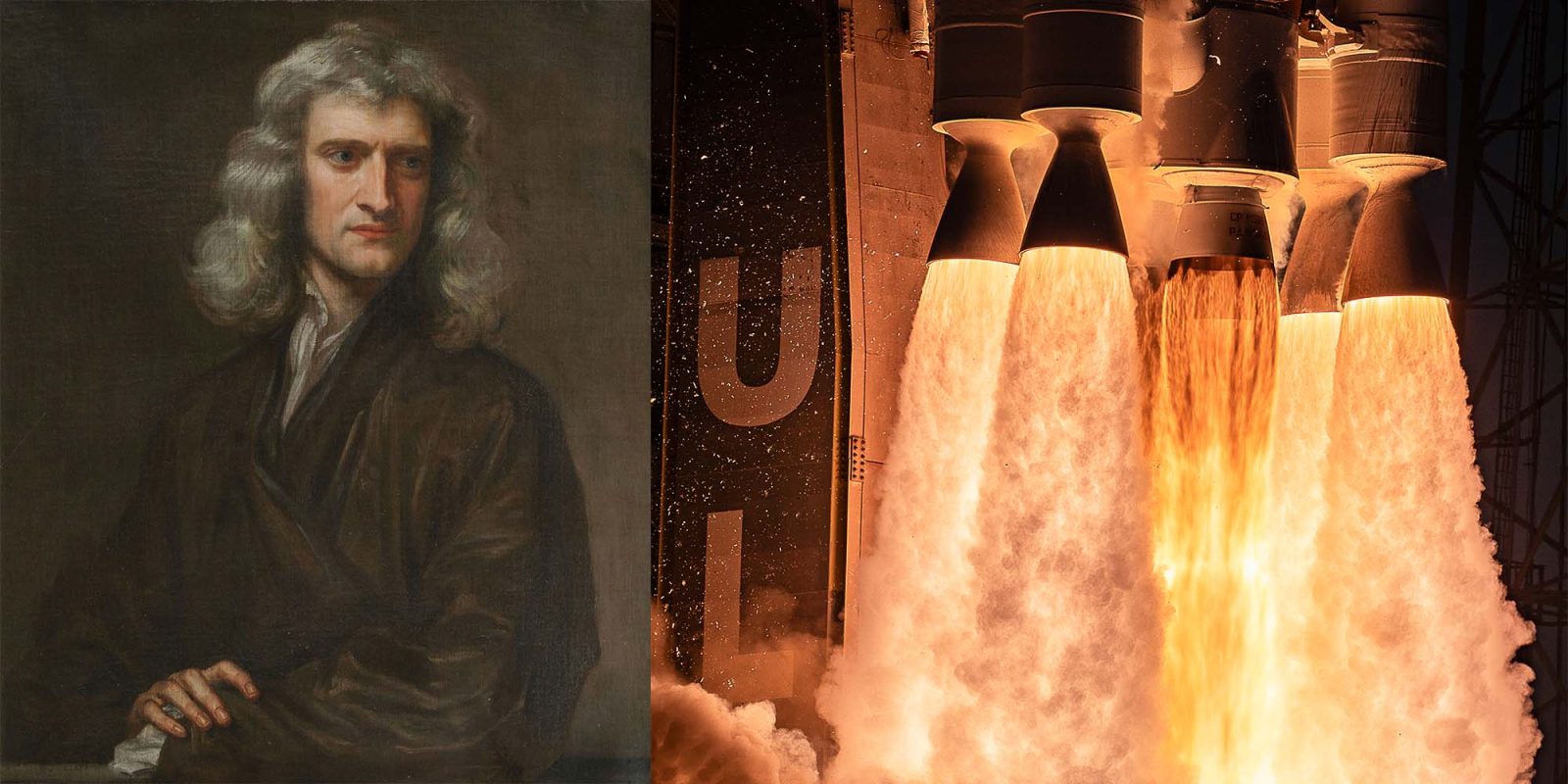
In a world of reusable rockets, lunar habitats, and interplanetary ambitions, it’s easy to focus on what’s next. But every launch, every orbit, and every mission we undertake still begins with the insights of those who came before us – most notably, Sir Isaac Newton.
Though he lived centuries before the first modern rockets ever lifted off, Newton’s ideas remain integral to everything we do in space. His work isn’t just history, it’s the framework underlying every calculation, trajectory, and orbit.
As he once observed: “Nature will be very conformable to her self and very simple, performing all the great Motions of the heavenly Bodies by the Attraction of Gravity.”
He didn’t just explain the world, he helped build the model of how we leave it.
Gravity: The force that started it all
Newton’s recognition that gravity pulls objects toward one another changed our understanding of motion on Earth and beyond. He framed the possibility that the same force governing an apple’s fall could also guide the Moon’s orbit of the Earth.
That concept of universal gravitation paved the way for orbital mechanics, which underlie every satellite and spacecraft mission.
In his own words: “Gravity explains the motions of the planets, but it cannot explain who sets the planets in motion.”
It reminds us how elegantly he tied together earthly observations and celestial behavior.
The three laws that move us
When Newton published “Philosophiæ Naturalis Principia Mathematica” in 1687, he introduced three laws of motion that continue to guide spaceflight today:
- An object in motion stays in motion unless acted upon by an outside force. This explains why spacecraft drift through space with minimal fuel use.
- Force equals mass times acceleration. You may know it from the equation “F = ma.” Engineers use this fundamental relation to calculate thrust for launches and maneuvers.
- For every action, there is an equal and opposite reaction. This principle is the reason rockets can propel themselves simply by expelling gas downward.
These laws are the silent orchestration behind every orbit, rendezvous, and landing.
From the Principia to planetary missions
More than 300 years after Newton wrote the Principia, his equations remain mission-critical. The Voyager probes launched in the 1970s used gravity assists – mapped via Newtonian mechanics – to journey into interstellar space. Missions to the Moon, Mars, and beyond still rely on his formulations of motion and gravitation.
Newton understood this power. He humbly remarked: “To myself I am only a child playing on the beach, while vast oceans of truth lie undiscovered before me.”
It’s a reminder that even he regarded his achievements as part of a larger, beautiful mystery.
Remembering the first push
As we press toward new frontiers, it’s important to look back, not to diminish what’s next, but to appreciate how we got here. Newton’s ideas remind us that profound progress may begin in quiet moments of curiosity.
We may be pushing toward the stars with advanced rockets and modern tools, but the original push – the one that set everything in motion – came from Newton. His brilliance created the launch pad we’re still using, and the echoes of his equations are written into the stars in which we now reach.
FTC: We use income earning auto affiliate links. More.


Comments